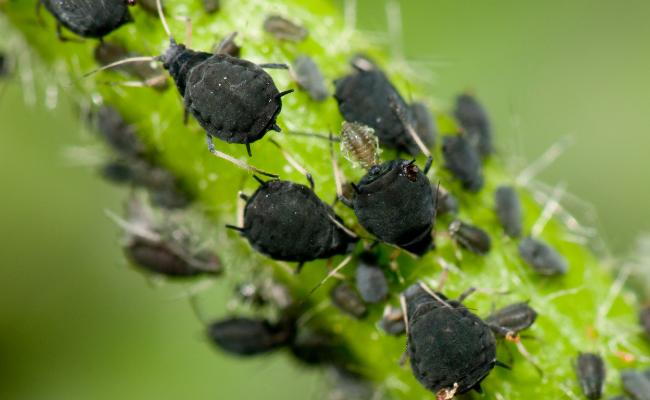Ontario’s health experts detect 3 disturbing new tick-borne diseases
Tick-borne diseases have been a growing issue in Ontario, Canada. Aside from Lyme disease, healthcare experts are monitoring three new illnesses caused by ticks.
The emergence of these infections is expected to rise throughout the province due to the summer heat and climate change. This growing concern prompts a new procedure for reporting these diseases to local health officials.
The three new tick-borne diseases of concern are babesiosis, anaplasmosis, and Powassan virus. While these cases are currently rare in Canada, experts warn that they can become more common in the following years.
A well-known expert in infectious illnesses, Dr. Isaac Bogoch, shared some details on these three infections. He said, “These are three very, very rare infections in Canada.”
Ontario tracks spread of tick-borne illnesses; top doctor links it to climate change https://t.co/SEOnmrLyJA
— CTV News (@CTVNews) July 3, 2023
Bogoch added, “However, those three infections, although extraordinarily rare right now, might not be so rare in the years to come.”
Understanding the Three Newly Detected Tick-Borne Diseases
Experts have identified climate change as the culprit behind the transmission of these infections. Ticks have evolved and can now survive harsh winters and go over their two-year lifecycle.
Ontario’s medical officer of health, Dr. Kieran Moore, noted the spread of the infections along the North American coastline. He said, “A known wave of infections has been migrating up the coastline, indicating the expanding range of these tick-borne diseases.”
You may also like: Malaria outbreak hits the US.after two decades
Let’s take a look at each of these newly-identified tick-borne illnesses:
Babesiosis: A Parasitic Intrusion

As a result, an infected person may have fever and chills, which may result in anemia. Acknowledging and identifying the symptoms early on is essential to prevent severe complications.
Anaplasmosis: A Stealthy Bacteria
A bacteria that comes in contact with a person’s bloodstream causes anaplasmosis via a tick bite. The initial symptoms are fever and chills.
However, anaplasmosis can also halt bone marrow functioning, directly affecting the production of platelet, white, and red blood cells. It is vital to address and treat this correctly, as it can result in severe illnesses if not treated.
Powassan Virus: A Potential Threat
This virus is named after an Ontario town where it was first detected. While other infections are asymptomatic, individuals who catch this may show symptoms such as headache, fever, nausea, vomiting, weakness, or body aches.
Moreover, following an acute level and remission period, infected individuals might also have neurological malfunctions such as loss of coordination, difficulty speaking, seizures, paralysis, and even coma.
Unfortunately, there is no specific Powassan virus treatment, making prevention and caution vital.
How to Protect Yourself from Tick Bites and Prevent These Diseases

Do Tick Checks
After going outdoors, check yourselves for any ticks. Closely pay attention to your armpits, scalp, behind the ears, and groin. Remove ticks by using fine-tipped tweezers.
Use Insect Repellent
Use EPA-approved insect repellents with DEET or picaridin on exposed clothing and skin. This will help prevent ticks from sticking to your body.
Stay on Safe Trails
Avoid walking through tall shrubs or grasses where there can be ticks. Moreover, stick to safe and open paths if possible.
Wear Protective Outfit
Wear long pants, long-sleeved shirts, socks, and closed-toe shoes when going to tick-prone places. For additional tick barriers, tuck your shirts and socks inside your pants.
You may also like: How to Get Rid of Fruit Flies
Maintain your Spaces Tick-Free
Mow your lawns regularly to keep your outdoor areas tick-free. Clean all leaf litter and build barriers between wooden spaces and leisure areas.
Shower after Going Outdoors
Shower within two hours of returning home to remove unattached ticks. In addition, do another thorough tick check to be sure.
Bottomline
While Lyme disease is still the top prevalent tick-borne disease in Canada, with more than 2,100 reported cases last year, the rise of new tick-borne illnesses calls for more vigilance and precaution.
By staying updated and taking steps to safeguard yourselves and your family, you can minimize the risks that tick bites can bring and also ensure safer health.
For more updates on the latest news and interesting articles, stay tuned at Inquirer.net.

